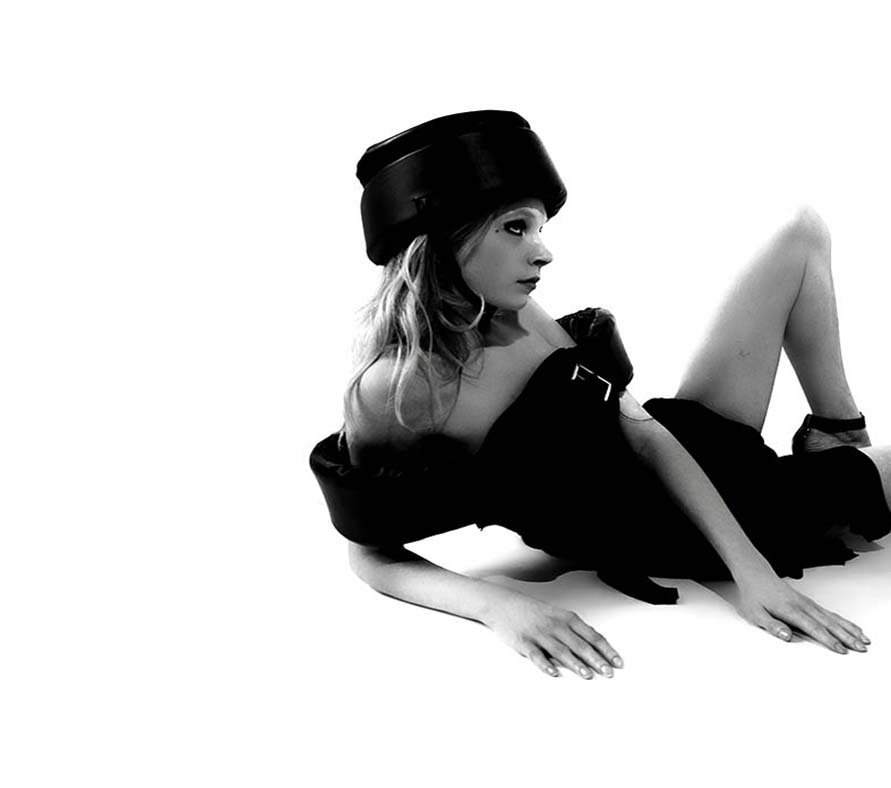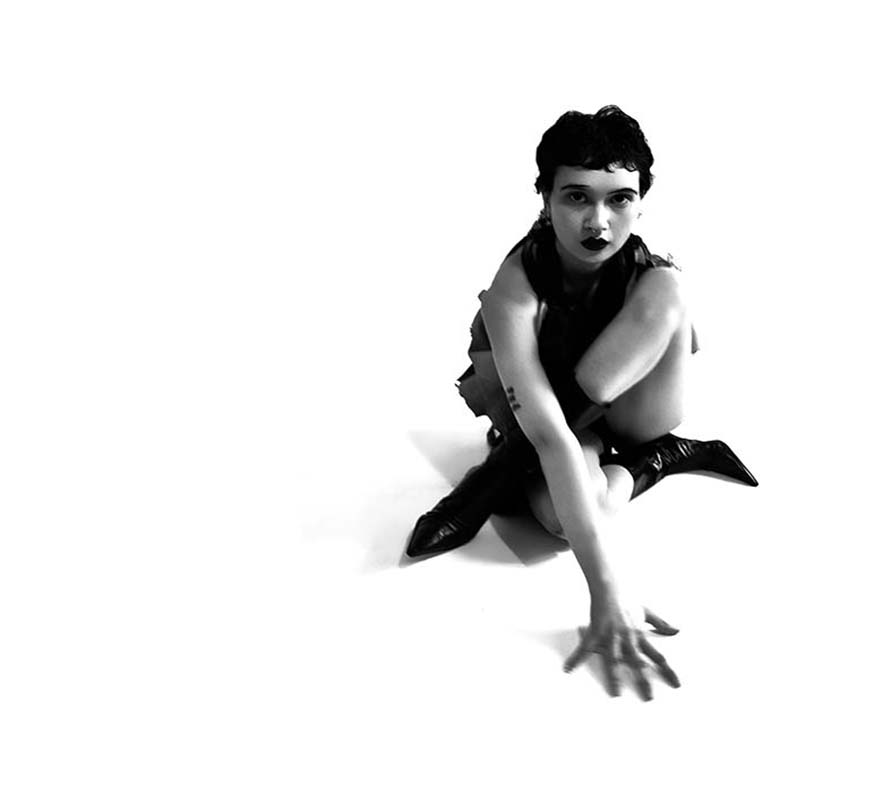MONTAGNER Antoine
In the space of Antoine Montagner, the artist presents their fashion collection "Whatever Wanda Wants". The garment embodies in the collection the transformative process, the passage from Wanda the woman to Wanda the object of desire. This transformative process alludes to the obsession of Leopold Van Sacher-Masoch, author of the cult fetish novel "Venus in Fur '' written and published in 1870. For Montagner, Wanda represents a large and faded fresco of women over centuries who desired, watched, took action and agency over their bodies, and have been villainized in Art History for it. Thereby, the experience of the work tests and plays with the voyeurism of the audience, the spectator, and furthermore: the client. The collection is fierce in the way the designer shapes garments symbolic of lust and desire. « Whatever Wanda Wants » reverse dynamics and, directly, the male gaze and desires, which have shaped our socio-economic context: capitalism. We understand Wanda is the created, tailored, and chosen image. That image is attractive, wants to be sold, and has a target. The work questions how provoking desire passes through the fetiches body and sells an image. To show a fashion collection in the exhibition setting gives room to re-question its mechanism and the role desire plays in the fashion industry. We realize that fashion prioritizes vision, building imagery, and inspiring, desired, over the sale of garments itself. The collection and its archives allow the audience to explore and dive into the sacred image of aggressive femininities as the transfeminine identity journey of Montagner. Wanda exists as a fantasy of an unattainable state of iconic yet flawed womanhood one desires to be.
Interview
“Whatever Wanda Wants”
is a project born after I first read Van Sacher-Masoch’s cult fetish novel “Venus in Furs”. I was fascinated by the ambivalence of the character of Wanda, the central dominatrix figure that inhabits the whole book through the protagonist’s obsession with her. The symbolic meaning of specific fashion items, such as leather boots or fur hats, as a transformative process for ‘Wanda the woman’ to become ‘Wanda the sexual fantasy’ is quite explicit. Fetish, in the end, is merely a story masquerading as an object. Elements such as the Fur coat have been re-interpreted, transforming its lining, the only part of the garment who directly touches the wearer’s skin, into a rag dress patterned from the shape of rabbit skins. Various weights through rushing have been added at specific placement to give the wearer the posture of someone wearing a Fur Coat. I was interested in not only the way garment shapes the body and the mind of the person who wears them in the eye of the viewer, but also to question for who and in what space does this fantasy exist. The archetype of the dominatrix is a misogynistic and ungrounded image of femininity created exclusively by men for their sexual pleasure, yet also subverts the boundaries of hetero acceptability by its very existence and find new meanings in today’s world. Wanda represents, to my eyes, a large and faded fresco of women over centuries who desired, watched, took action and agency over their own bodies, and have been villainized in Art History for it. I was interested in exploring these sacred images of aggressive femininities as part of my Transfeminine journey: Wanda exists as a fantasy of unattainable state of iconic yet flawed womanhood one desires to be. Desire, in that way, is for me this vital impulse of life that pushes you to great accomplishments, but never admitted there would be a finish line to attain in the first place.
Could you introduce yourself?
My name’s Antoine Montagner, I’m an interdisciplinary artist who mainly works across the mediums of Fashion Design and Performance. My practice, whom I develop at Central Saint Martins, is rooted in a political exploration of the individual and communal mythologies the body is able to express through clothing. I try to transform raging emotions into concrete images and resolve inner conflicts by metamorphosing them into symbolic form.
How would you describe your practice?
I think of Fashion as one of the most political and radical artforms: it exists right at the limit of the “me” and “the world”. I am interested in its direct link to our society as we know it through its production and economic and ecological consequences, and its deeply personal relation with the human body and psyche. It is also one of the only medium to my eyes that has the ability to successfully translate 2D work to 3D work, enabling me to paint and collage as a starting point.
I voluntarily intertwine my creative process with performance: I meticulously research certain archetypes, mixing personal memories, common imaginary, and pop culture references, in order to fully embody the themes and understand the personalities I am interested with. By using re-enactment of past scenarios on myself, I create drapes which then lead to a final fashion outcome.
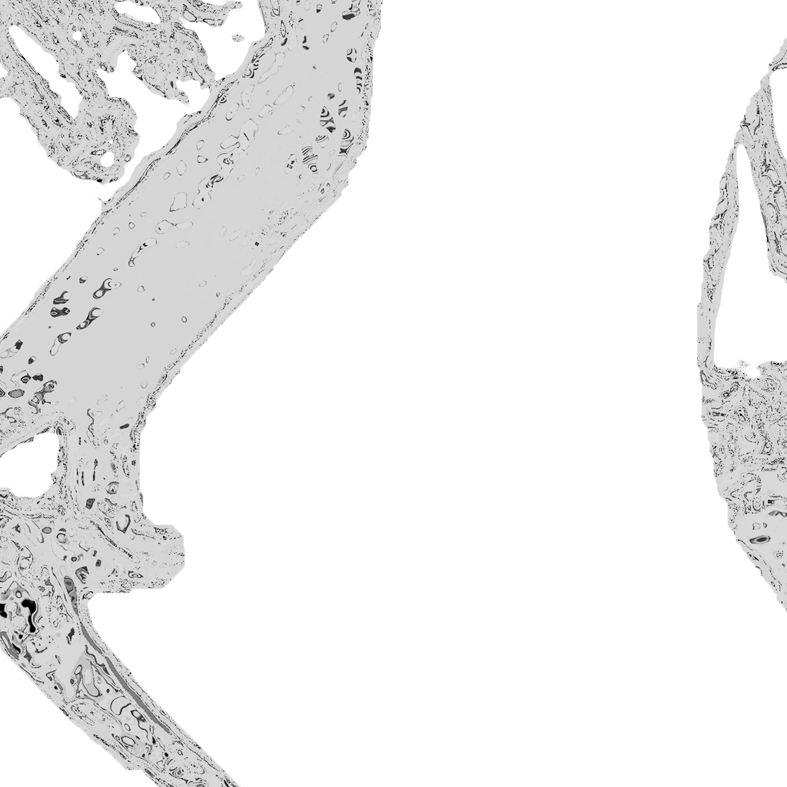
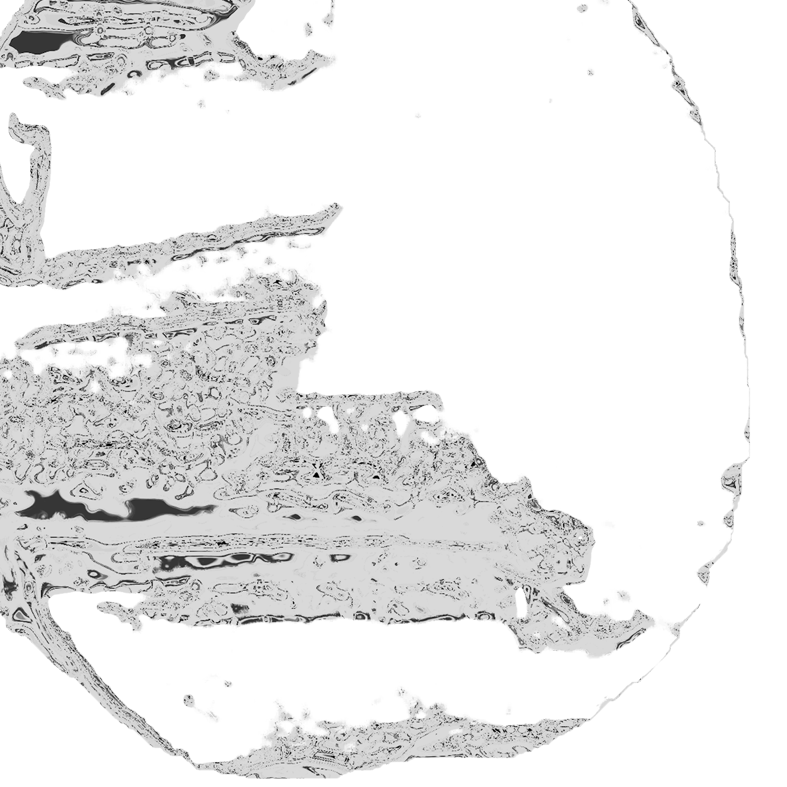



.jpg
)
.jpg
)

.jpg
)


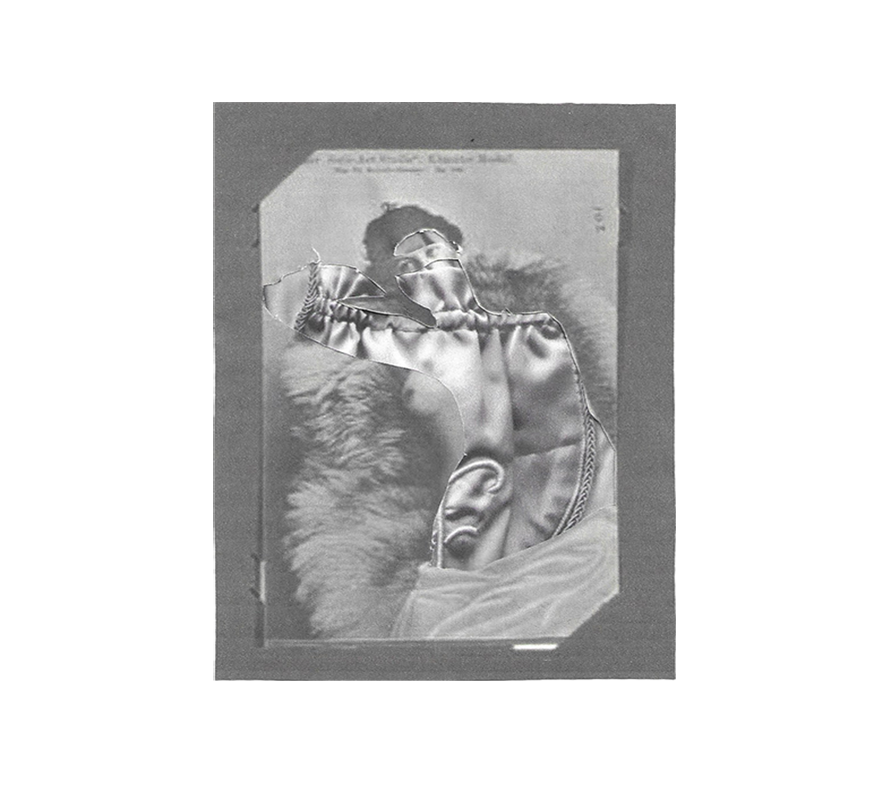
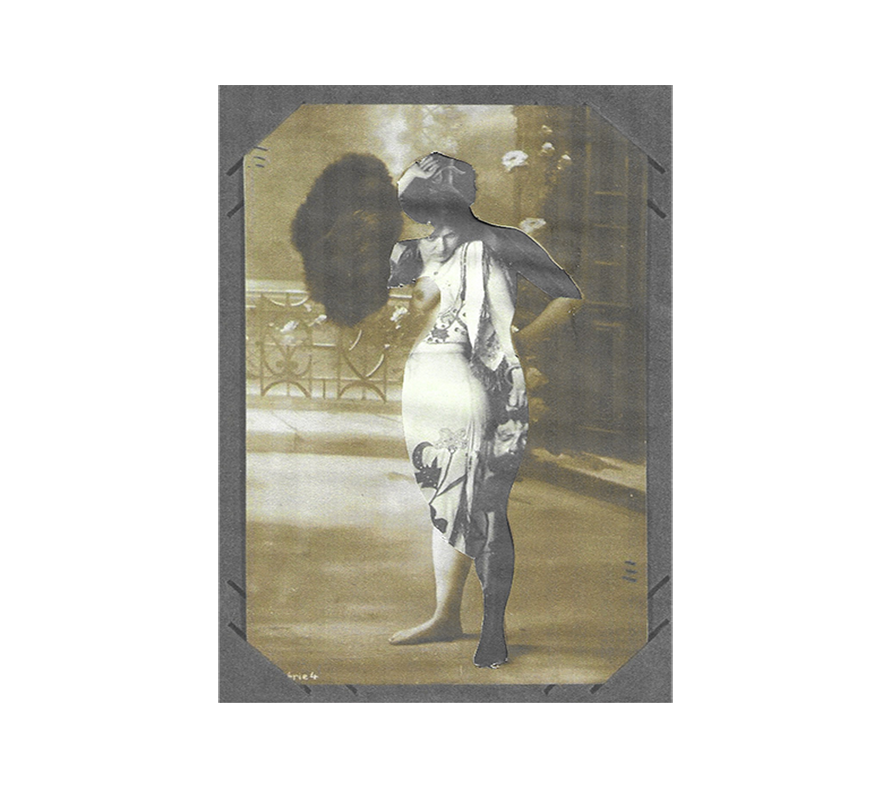
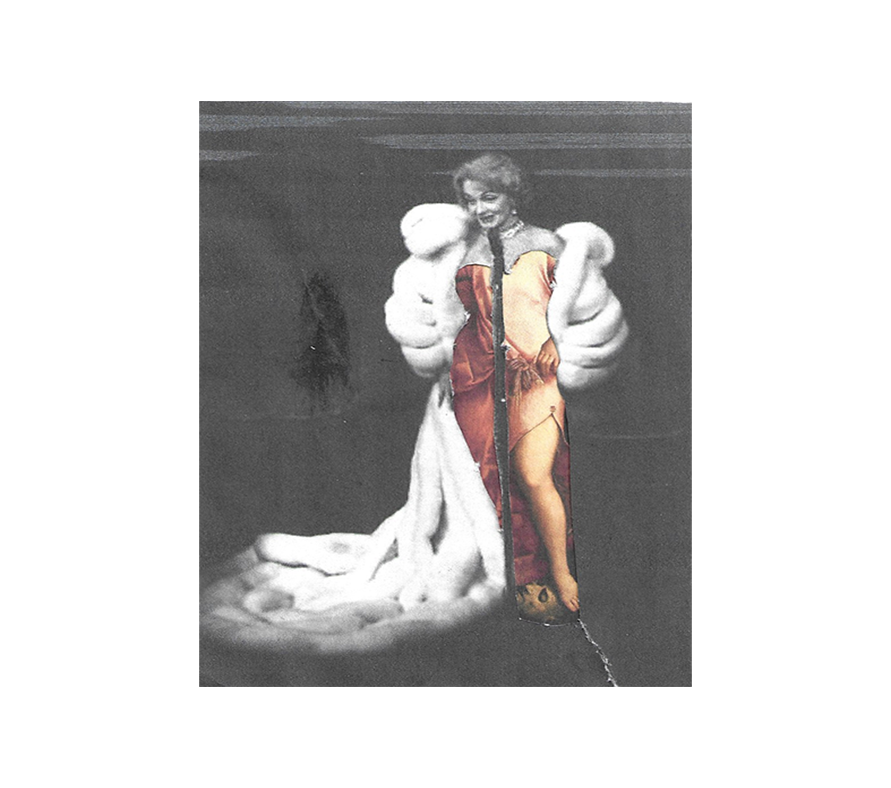
.png
)
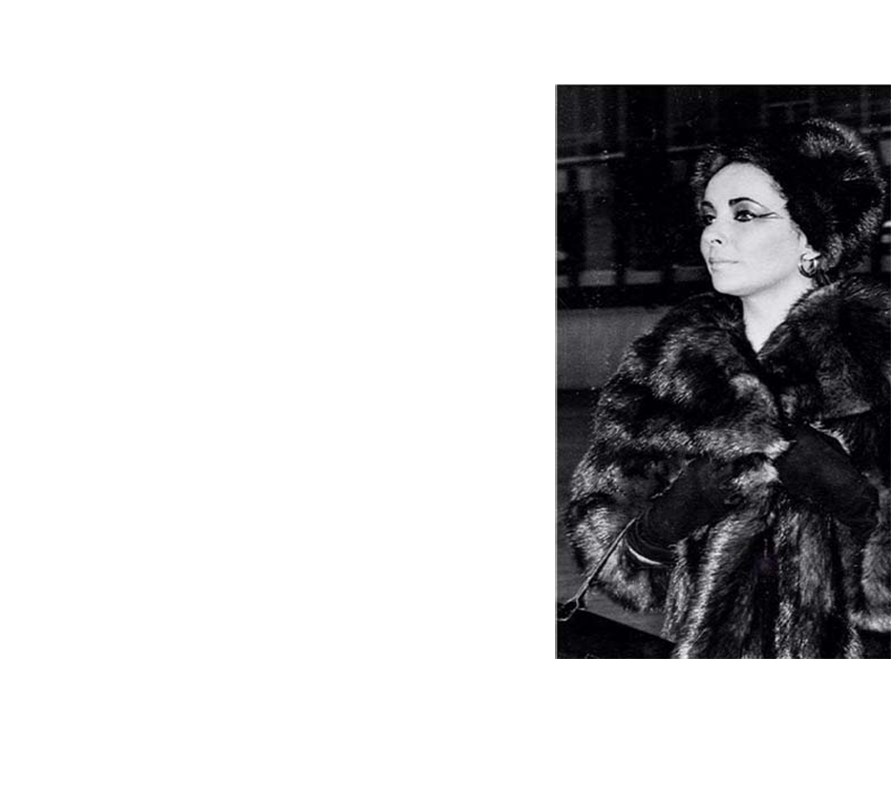
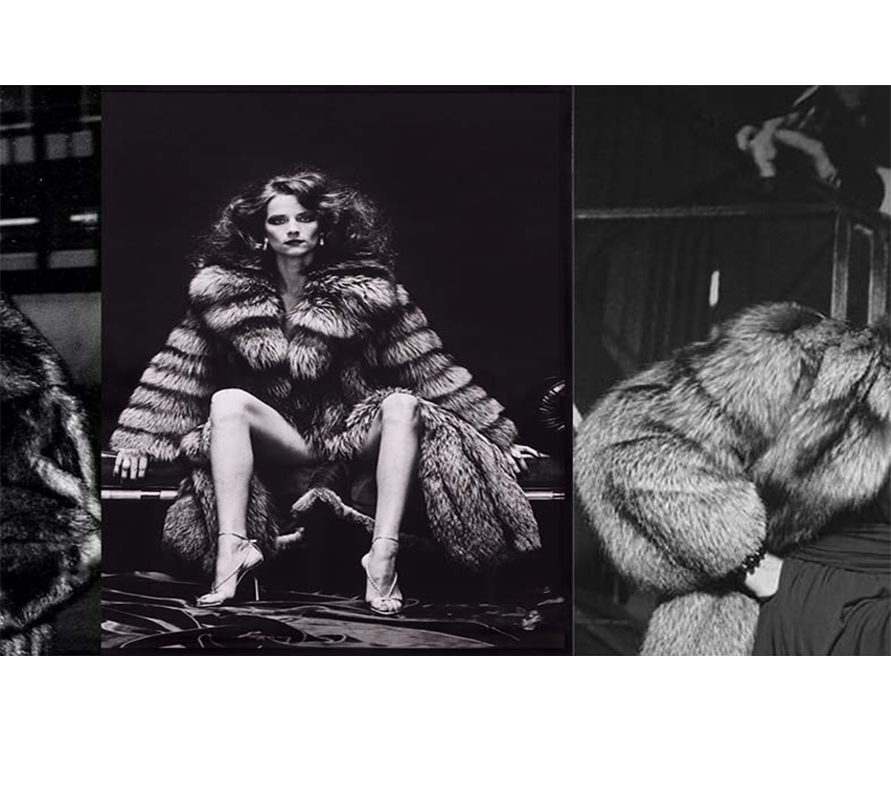
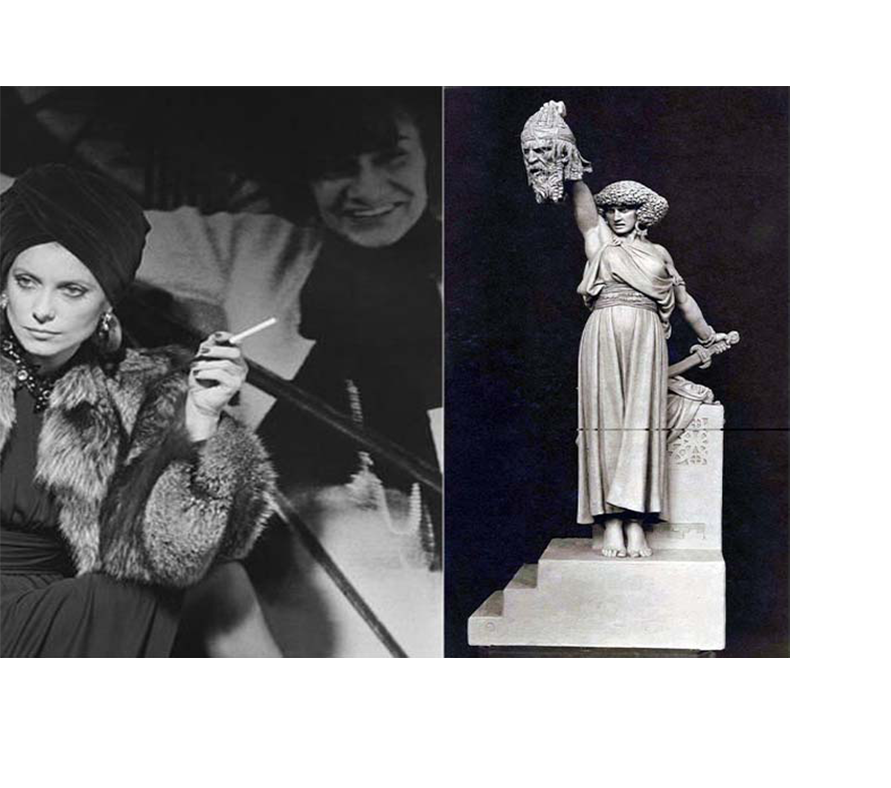
.jpg
)
.jpg
)
.jpg
)
